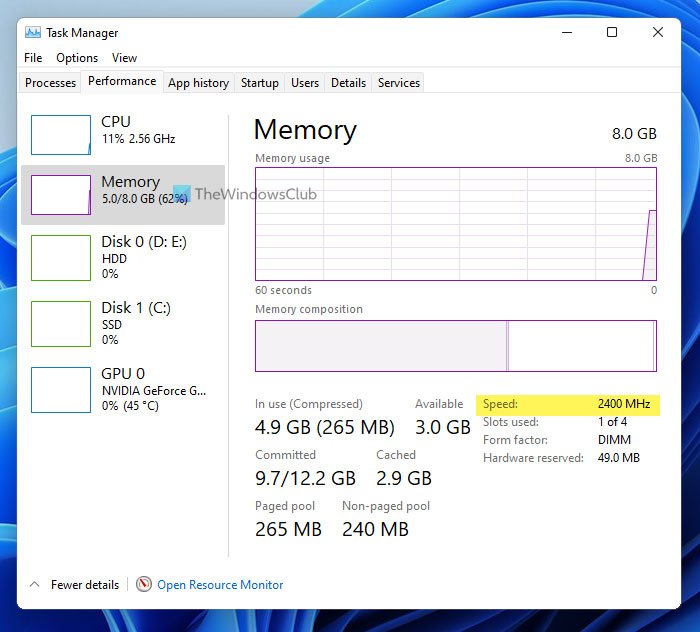

Some smaller form-factor motherboards ( micro-ATX and mini-ITX) only come with two DIMM slots. Speaking of motherboard DIMM slots, it’s also important that you note how many slots your motherboard has.

You can’t put DDR3 memory in a motherboard that has DDR4 DIMM slots and you can’t put DDR4 memory in a motherboard that has DDR3 DIMM slots. Here is a list of things to look for when considering a memory kit’s compatibility with your other components:ĭDR generation is important because older generation DDR memory will not work with motherboards that are built to support newer generation DDR memory and vice versa. Not all RAM is compatible with every system. If you’ve got a tighter budget, start with 8GB of RAM so that you don’t have to downgrade your CPU and GPU to accommodate more memory. So, if you have a larger budget and you’re building a high-end gaming computer or workstation PC, then go with 16GB (or more) to start. If you have empty DIMM slots on your motherboard, upgrading to more memory is as simple as adding another stick to your system. Not to mention, RAM is the easiest component in your PC to upgrade. Yes, there are games that are starting to utilize more than 8GB of RAM, but for the most part, 8GB will still get the job done. The details of the RAM modules may be readable on a label attached to the DIMM, but you can also identify them by the location of the notch, as seen in this illustration.The quick answer to this question is: most users will likely need 8GB-16GB of RAM.īut, the real answer is: it depends on what kind of system you’re building.Īre you building a high-end workstation PC for video editing/graphics design, etc.? Going with at least 16GB (or more, depending on your budget) would be a wise decision.Īre you building a budget-friendly gaming computer? 8GB is a good start for now. This will involve removing them from their slots, so only do this if you are comfortable with the process.

The final way to determine which type of RAM your computer has is to physically inspect the memory modules. The specific key is usually shown on-screen just as the computer starts, but it will also be in the motherboard manual. For example, you many have to repeatedly tap the Delete key or perhaps F12 to enter the BIOS. It’s usually a simple key press right after the computer powers on. The method for entering the BIOS differs between computers. This typically includes the generation of DDR you’re using, what size each module is and the speed at which it operates. The computer BIOS will usually have a section for memory, which should show you details about the installed RAM. Regardless of what operating system your PC uses, you can often get information on what type of RAM your system uses before you even boot into it.


 0 kommentar(er)
0 kommentar(er)
